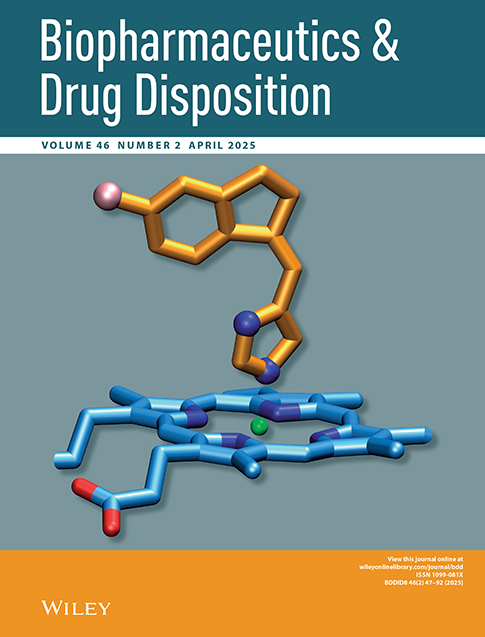Lack of effect of co-trimoxazole on the pharmacokinetics of orally administered theophylline
Abstract
Eight healthy, male subjects participated in a balanced randomized crossover study to investigate the effect of a course of co-trimoxazole (CT; combination of sulphamethoxazole 800 mg and trimethoprim 160 mg, twice daily for 5 days) on the pharmacokinetics and urinary metabolite profile of an orally administered dose of theophylline (TH). There were no significant differences (p > 0·05) between the control and treatment phases with respect to any of the following pharmacokinetic parameters of TH: area under the plasma total TH concentration-time curve; fraction unbound in plasma; area under the plasma unbound TH concentration-time curve; terminal half-life; apparent volume of distribution; apparent total plasma clearance and renal clearance. The urinary recoveries of 1-methyluric acid, 1,3-dimethyluric acid and of theophylline were not significantly different (p > 0·05) between the two study phases. There was a significant difference (p < 0·05), however, in the urinary recovery of 3-methylxanthine (11·3 ± 2·6 per cent TH alone versus 13·9 ± 3·6 per cent TH-CT) and in the total urinary recovery of TH and its metabolites (76·5 ± 8·2 per cent versus 85·3 ± 7·0 per cent), the latter finding suggesting that CT may have caused a small increase in the extent of TH absorption. The results of the study indicated that CT did not inhibit the biotransformation of TH.




